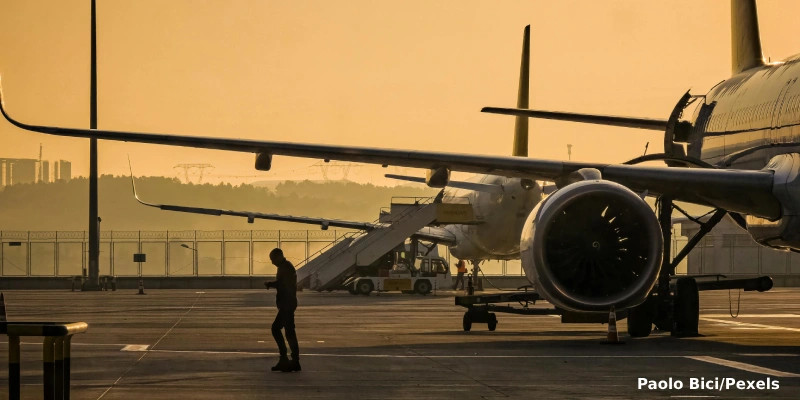Boeing expects flights in Latin America to increase faster than in other regions as countries relax regulations and household incomes rise, a regional analyst at the company told Reuters on Tuesday.
Boeing projects Latin American air traffic to grow an average of 4.4% year-on-year over the next two decades, outpacing the 4% growth it forecasts for the global industry, helped by a trend toward more favorable policies for the market over the next 10 years.
→ ANA to be Boeing’s Insight Accelerator launch customer.
“We see liberalization not only as an engine of growth for the industry, but also as an excellent way to democratize air travel and make it accessible to more people,” said David Franson, the company’s regional director of market analysis.
Franson said that a looser trend of state control had already helped develop a network of low-cost airlines in the region, adding more routes in Latin America.
Low-cost airlines such as Argentina’s Flybondi and Chile’s JetSmart have already found a foothold, while Mexico’s Volaris has focused on a strategy called “bus switching,” targeting traditional bus users who previously could not afford airline tickets.
Latin American airlines have added 200 net airport pairs to their networks over the past 10 years, the executive said.
→ China Airlines confirms order for up to 24 Boeing 787-9 jets.
While some countries have been reluctant to offer complete freedom to airlines because of concerns about economic competitiveness, labor standards and the environmental impacts of air travel, the trend toward liberalization begun decades ago by the United States and Europe is expected to continue, Franson said.
“If this continues, we can expect to see a lot more in the way of those direct connections on relatively short-haul routes,” Franson said.
Boeing said in a July report that Latin America will need 2,240 new airplanes and will have to train 118,000 new crew and technicians over the next 20 years to meet growing demand.
By Kylie Madry
Related Topics
JetBlue to Connect Rochester and Orlando with Year-Round Direct Flights
Boeing Advances 777-9 Certification: Enters Third Testing Phase
Trump Demands Immediate Return of Air Traffic Controllers Amid Increase in Flight Cancellations
UPS and FedEx Ground Their MD-11F Fleets Following Fatal Accident in Louisville

Plataforma Informativa de Aviación Comercial con 13 años de trayectoria.




